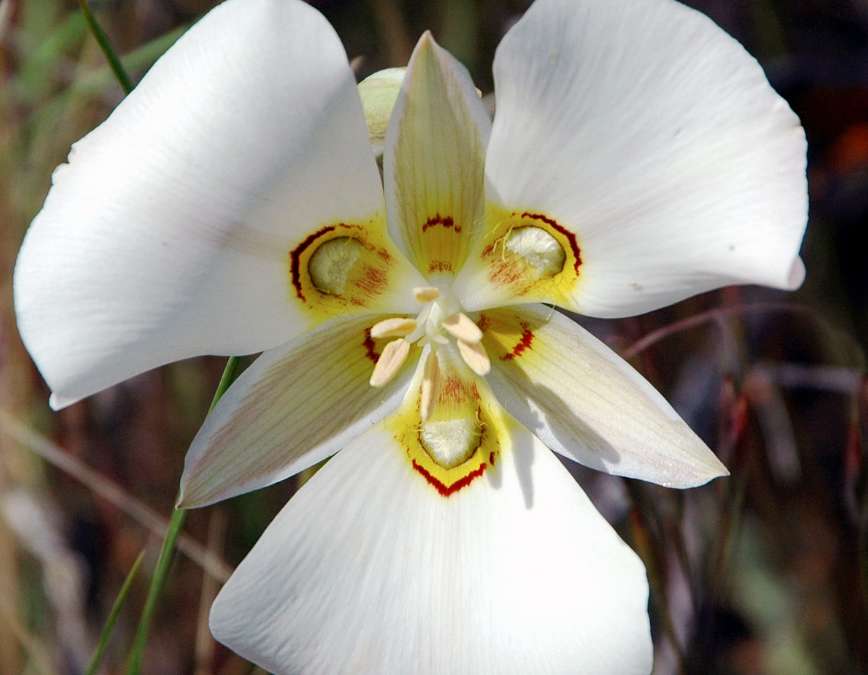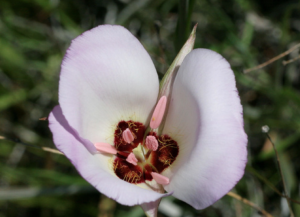
The Santa Catalina mariposa lily is a stunning testament to nature’s artistry. With its graceful charm and delicate beauty, this native wildflower has captured the hearts of plant enthusiasts and gardeners alike. Its name, “mariposa lily,” is derived from the Spanish word for butterfly, which perfectly describes the butterfly-like appearance of its petals. It also attracts butterflies!
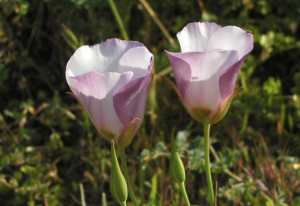
Botanical Name: Calochortus catalinae
Common Name: Santa Catalina mariposa lily
Type: perennial herb (bulb)
Native Range: California
Size: 1-2 feet in height
Bloom Time: March-May
Bloom Color: White, pink, purple, red
Sun: Full Sun
Water & Soil: Grows best in heavy soils
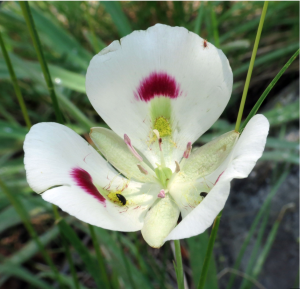
One of the most remarkable features of the Santa Catalina mariposa lily is its vibrant color palette. The petals can range from soft lavender and pale pink to deep purple and rich magenta. The combination of these hues creates a mesmerizing display, reminiscent of a painter’s brushstrokes on a canvas.
As for its physical characteristics, the Santa Catalina mariposa lily boasts three gracefully curved petals, each with a unique pattern of intricate markings. These markings, often in shades of yellow and maroon, add a touch of elegance to an already exquisite flower. Additionally, the lily’s consists of slender, grass-like leaves that gracefully frame its blooms.
One of the most captivating aspects of the Santa Catalina mariposa lily is its natural habitat. Found exclusively on Santa Catalina Island, this flower is an endemic species, meaning it is native and unique to this particular geographic location. Its restricted range adds to its allure, making it a treasured gem for both conservationists and avid gardeners seeking to bring a touch of wilderness into their landscapes.
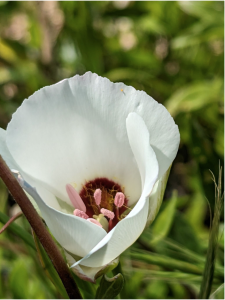
Pruning and maintenance
Pruning and maintenance are essential for the Santa Catalina mariposa lily (Calochortus catalinae) and can all be done with Creative Concepts Landscape. After the flowering period,the stalks need to be cut at the base. This not only maintains a tidy appearance but also redirects the plant’s energy towards bulb development. Leave the foliage intact until it turns yellow and withers naturally, as the leaves play a crucial role in storing energy for the next season. Control weeds around the lily to prevent competition for nutrients and water. Our team of landscapers will apply a layer of mulch, keeping it a few inches away from the stems, to retain moisture and suppress weeds. Provide deep, infrequent watering during the active growth period, ensuring well-drained soil. Monitor for pests and diseases, and use organic methods if needed. By implementing these practices, it can promote the health, longevity, and beauty of the Santa Catalina mariposa lily in your garden.
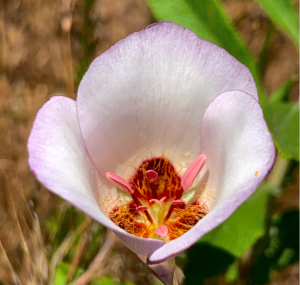
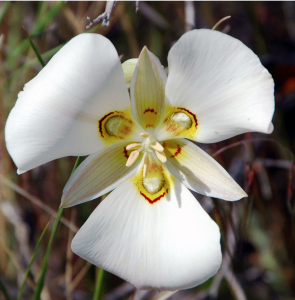
Landscape Uses
The Calochortus Catalinae is not only a beautiful addition to gardens but also holds significance in landscape design. Its unique appearance and native habitat make it an excellent choice for naturalistic and California-native themed landscapes. When planted Santa Catalina mariposa lily can create a breathtaking display of color, especially when combined with other native wildflowers and grasses. Its vibrant petals and graceful form add a touch of elegance to any garden or landscape setting.
Beyond its aesthetic appeal, the Santa Catalina mariposa lily also contributes to ecological balance. As an endemic species, it plays a crucial role in maintaining biodiversity and supporting native pollinators. Incorporating this wildflower into landscape designs helps preserve its natural habitat and provides a haven for butterflies, bees, and other beneficial insects. Partnering with Creative Concepts to create your dream garden with this beautiful plant we will not only enhance the visual beauty of your surroundings but also contribute to the conservation of a unique and treasured plant species. You’ll have one of the most unique gardens in town!
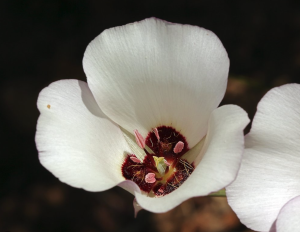
Thank You for joining us again in this week’s horticultural adventures. Please come back next Wednesday for our next blog post, and as always, contact us for all of your landscape needs!
By Sarah Ukpong

